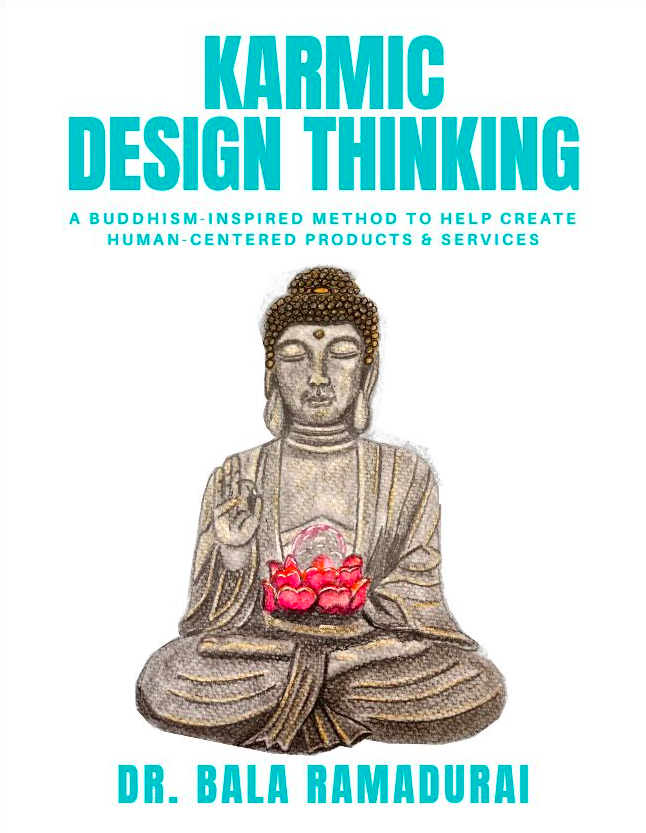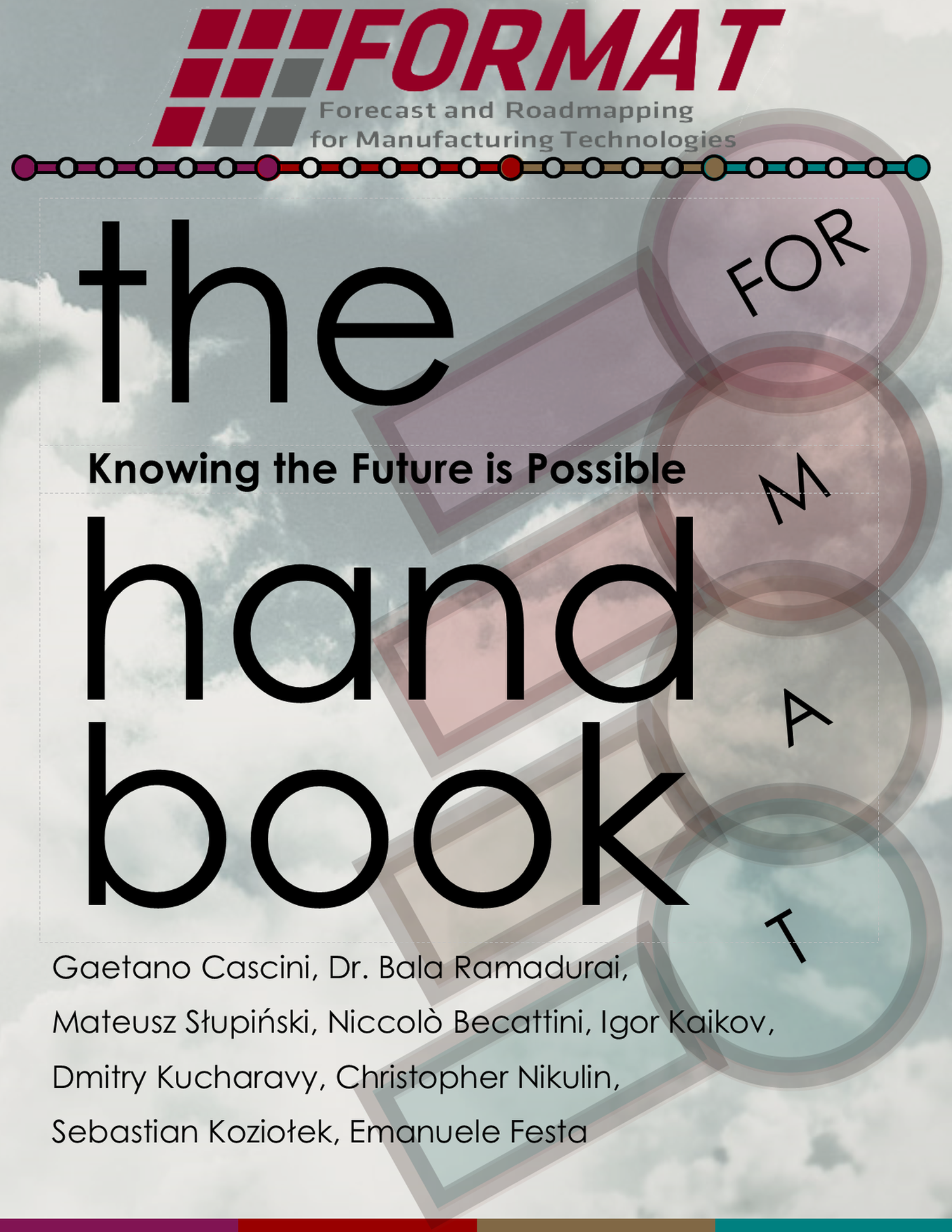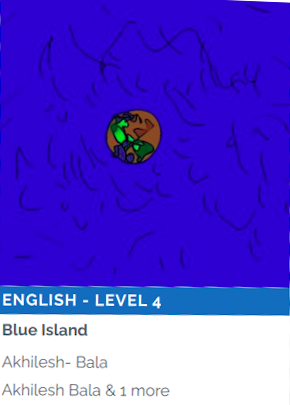2022-01-19
Design Thinking as a skill can be learnt by practicing the methodology on real world problems. I run an online course on Design Thinking on a Govt. of India platform called SWAYAM where close to 25,000 learners have learnt Design Thinking already.
What I have got in return (apart from lots of love :)) is the variety of questions that have been asked by so many curious learners. This Ask the DT Doc series can be helpful to whoever is either a beginner, intermediate or advanced learner of Design Thinking. (Also checkout https://dt.balaramadurai.net for the book on Design Thinking)
This post will cover the question “How do I draw out a customer journey map for a pet hair on a human being?”
Question
I am finding a bit difficulty to identify an activity for a problem.
Hence i am unable to prepare a CJM.
The problem is Pet hair on cloths which go in laundry and are
unable to be separated from the cloths in washer. So devicing an integrated
part/system in washer to remove the hair is needed.
Here what activity should i consider of the customer.
Or should i jump to 5 why analysis.?
Source - https://groups.google.com/a/nptel.iitm.ac.in/g/noc19-mg60-discuss/c/2IYKmu2du6Q/m/wDhPXnyTAgAJ

My response
You can identify the customer to be the pet owner. We start with the age, gender and location of the customer. Since the situation for each customer may be very different. Our main goal in the customer journey mapping (CJM) exercise is to find out our customer’s experience they go thru with an existing solution.
There are 3 stages of a CJM:
-
Before
-
During
-
After
The 3 stages in table format:
Before During After Preparation for the activity The activity that you are interested in Post processing
The during part of the customer/user’s story is what they do with the main experience. In this case, washing the clothes is what they seem to be doing.
What are the steps before and after washing (or cleaning) of these clothes? These steps are important in order for us to find out what the user does in order to prepare for the activity of washing the pet’s clothes.
Tip - If it is possible, you should visit a customer in their own place and make them walk through what they do to clean the pets’ clothes.
If visiting them is an issue, next best thing is to interview them over video conference.
If even that is not possible for whatever reason, you could call them up and ask them to walk through the steps before, during and after.
However, nothing beats a field visit.
Once, you have observations from these and their emotional ups and downs (I know, this is a lot of work and typically may take weeks in some cases). then proceed to the generating How-Might-We (HMW) questions from your observations from the field.
Tip - Try to mine stories from them, good ones, sad ones, extreme ones.
After all this is done is when you will embark on the multi-why analysis.
To Summarize
If you have an existing product/service, the customer journey map of your user is the activity of them using the current product/service.
In the pet-hair ridden clothes washing case, you will observe the customer/user (the pet owner) performing the washing of clothes and develop the story in the form a map with the following major steps:
-
Before
-
During
-
After
Add emotions to this and at the end, get out some problem areas. Write them out as How-Might-We questions.
If you have any questions on Design Thinking or the application, feel free to write to me at bala@balaramadurai.net with the subject line: Ask the DT Doc
Source of the image: https://codysappliancerepair.com






